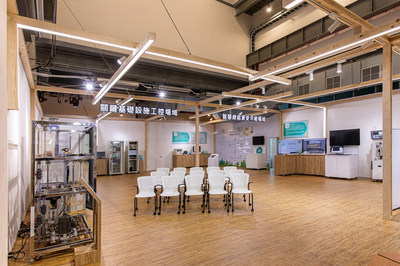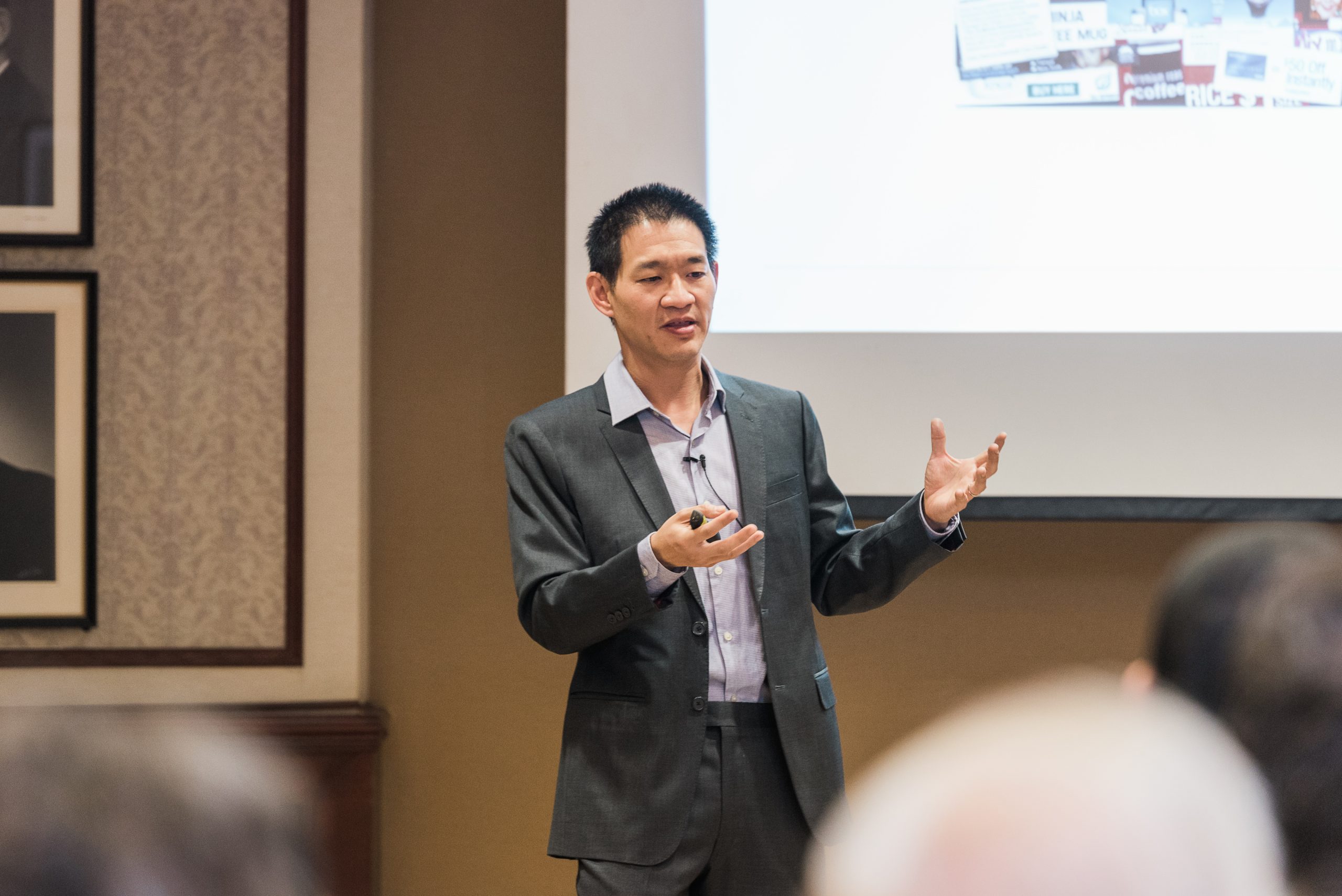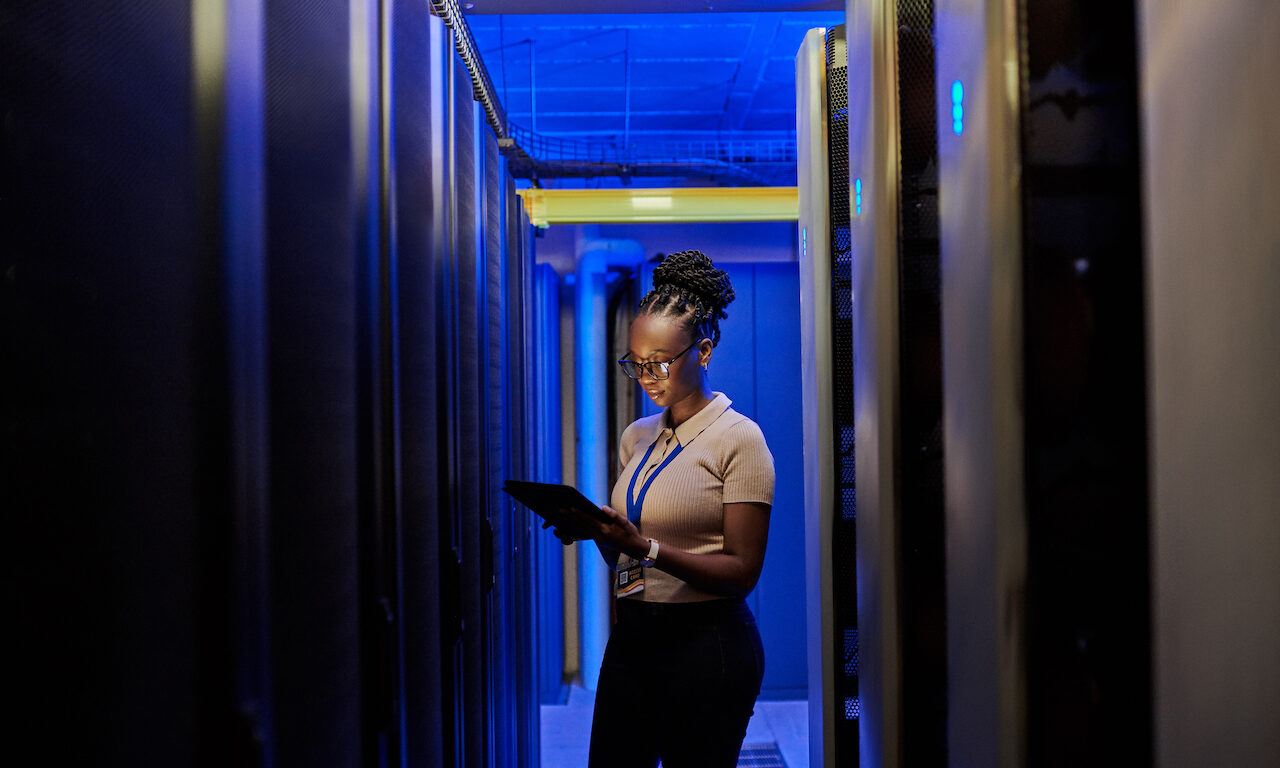Information security challenges emerge often, ACW SOUTH can help forge cyber security for Taiwan
Taiwan is under foreign cyber attacks up to 30 million times on average every month. How can ACW SOUTH play its role to lay down foundations for cyber security and empower cybersec talents at the time when information and communication technology is rising and cyber threats are imminent?
TAIPEI, Oct. 31, 2022 /PRNewswire/ — In early October, Optus, Australia’s second largest telecom service provider was hacked, causing tens of millions of private data leakage, including names, phone numbers, emails and passport numbers. The victims of the cyber attack not only suffered from unexpected financial risks, but also were afflicted by such security concerns as information theft and privacy invasion.
Taiwan, with an equivalent number of population to Australia, has been under numerous cyber attacks. According to statistics, the average monthly foreign cyber attacks on Taiwan’s government agencies reach 30 million. In 2021, Taiwan’s government agencies reported 696 cyber security incidents. What the statistics are telling us is that you may rarely see it, but cyber security crises do exist, and they are everywhere. To prevent hackers from taking advantage of the accessibility of digital technology, we should build up accurate cyber security concepts, as we are enjoying the benefits of mobile lifestyle, and stay alert to new types of information security crises like hacker intrusion, data leakage and inappropriate uses of data.
Cyber security breaches everywhere, major international information security incidents become the focus
According to the 2022 Cyber Security Report released by cyber security solution provider, Check Point, on average this year, companies engage with cyber attacks 50% more than last year. Software providers are the main targets of such attacks, with the number of attacks increasing by 146%. In addition to the rising number of cyber attacks, Check Point also notes the trend of cyber attacks influencing people’s daily life. For instance, in 2021 the persistent attacks not only target supply chains, but also mobile devices, cloud service providers, national critical infrastructure, etc. Some cyber security incidents have seriously impacted people’s daily…



